A few days before we flew to Liechtenstein, I wondered why I chose to go there. I could do with some time relaxing in the sun on a beach. My research didn’t reveal much to do in Liechtenstein, but now that I’m here, I’m glad I came.
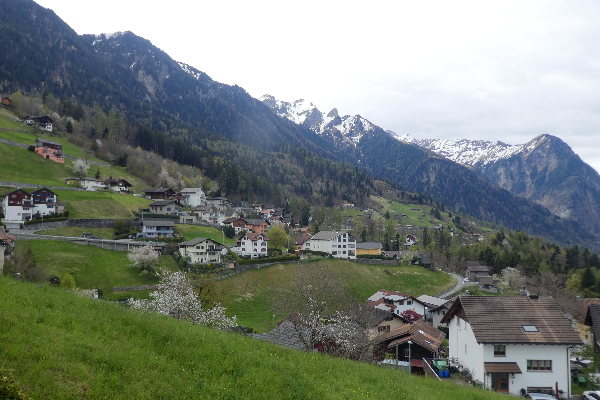
I am sitting on a balcony at my Airbnb accommodation, savouring a cup of coffee and gazing out at the valley before me and the snow-capped mountains that surround it. The birds are singing loudly, and goats are grazing in the nearby field. The River Rhine flows through the valley bottom, and charming houses with their wooden shutters are dotted along the valley sides. The only thing I would complain about is a hen that has now joined in with the birds, which have no volume control. The world is just waking up, and a tractor trundles along the road. I don’t regret for a moment coming here, especially now that the hen has stopped announcing to the world that it laid an egg.
I chose to visit Liechtenstein for a long weekend because, as a child, I was captivated by two places: Russia and Liechtenstein. I’m not sure why it was Liechtenstein, but I suspect it was because not many of my classmates knew where it was or how to pronounce the name.
Liechtenstein is a mountainous country located between Switzerland and Austria. Only two countries in the world are double-landlocked, and Liechtenstein is one of them. This means it has no access to the sea, and the countries it borders lack access as well. Liechtenstein has the second-highest per capita income in Europe, performing well despite its limited natural resources. It’s a German-speaking country, but English is widely understood, as it’s taught in their schools.
The country is expensive, ranking fifth on the list of most expensive countries by cost of living. However, if you are only going for a weekend, this keeps the costs down. Liechtenstein is a small country, only 160 square kilometres (62 square miles). It is the 6th smallest country in the world.
There aren’t a lot of significant sightseeing places to tick off your list. So, for many people, a day trip will be sufficient. However, this doesn’t do the country justice because wherever you look in Liechtenstein, it is like a picture postcard.
The best way to enjoy Liechtenstein’s beautiful scenery is by one of their numerous walking routes. There are walks for all levels with the most spectacular views. If walking is too strenuous for you, sit at a café and relax, taking in the view; this will restore your soul.
Getting there
Getting to Liechtenstein can be time-consuming. We took an EasyJet plane at 7:00 a.m. and arrived in Zurich by 9:40 a.m. This includes the hour time difference, making the trip relatively quick. There are no public airports in Liechtenstein, so you have to fly to a neighbouring country if you decide to fly. We then chose to get a train to Buchs, which is just outside Liechtenstein. It was easy to get to the train station as it is part of the airport complex, on the lower floors of the shopping area.
Our train journey lasted nearly two hours and was delightful, showcasing views of the Swiss countryside, Lake Zurich, Lake Walensee, cows with bells around their necks, and the mountains looming ever larger. If you have more time, I would recommend hiring a car at the airport and driving to Liechtenstein. That way, you get to enjoy Switzerland more. If you are travelling by train, it is worth booking in advance, as you can get a super saver ticket that costs only one-third of the normal cost. Seat 61 is a handy resource for anyone planning train travel.
We then hired a car in Buchs. There aren’t many options for hiring a car, and the place we used was closed on Sundays, so be sure to check that you can obtain a vehicle and return it when needed before booking.
You don’t need a car to visit Liechtenstein, as a bus service is available. However, since we had booked an Airbnb and were staying in Triesburg, we thought it would be easier.
If you don’t have a car, you can catch a bus to Liechtenstein. Alternatively, you could walk to the Liechtenstein border, as it is only half a mile (850 m) from the station and takes 11 minutes.
What to see
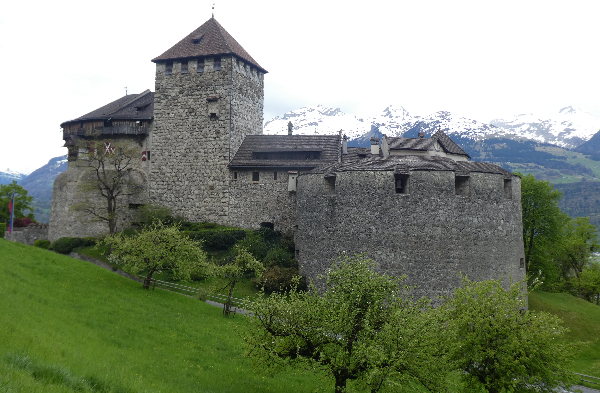
The first place to visit is the tourist information office in Vaduz, the capital. They are very helpful and can provide maps of the area, as well as other useful information.
Vaduz is not very big, and you can walk down the Main Street, Stadtie, in a matter of minutes. This is where you will find the tourist information office, and nearby are the parliament building, the government building and the cathedral. There are plenty of places to eat and a few souvenir shops where you can buy things to remind you of the destination.
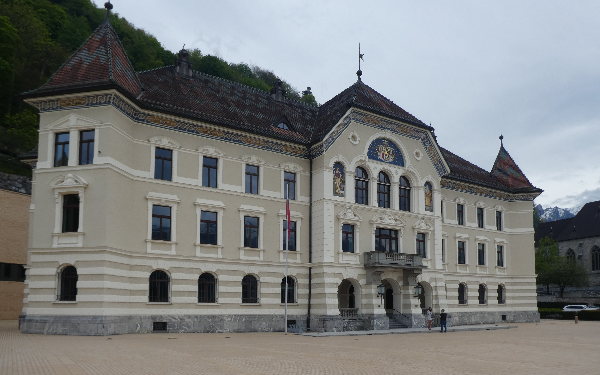
If you are coming by car, there is a car park located on Aulestrasse, or you can park near the football stadium, which is a 10-minute walk away. The stadium car park is free on weekends and suitable for RVs.
From the stadium car park, it is a short walk along the Rhine River to an old, enclosed wooden bridge built in 1901. Cars are not allowed down it, but it is popular with bikers and walkers. Halfway down the bridge is a sign marking the border between Liechtenstein and Switzerland, providing a good photo opportunity to prove where you have been.
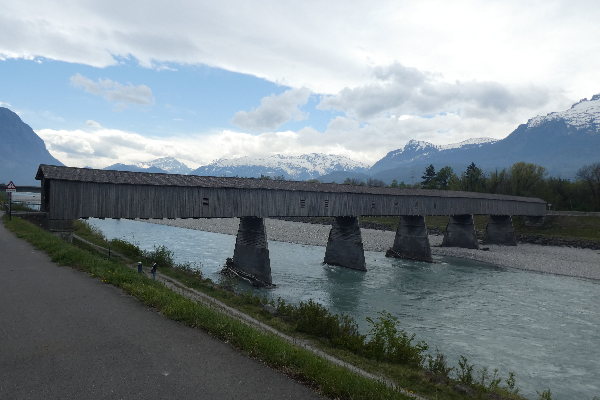
Vaduz Castle can be seen from the valley halfway up a hillside. If you go there, you can take a lovely photograph of the castle and the snowy mountains in the background. Just walk along the footpath outside the castle. Unfortunately, you can’t go into the castle as the prince and his family live there. There is a path from Vaduz to the castle, but it is uphill and hard work for those who are unfit, like me. I took the car and parked it in the carpark just around the corner after the castle.
Gutenberg is another castle you might like to photograph. It is located at the top of a hill, and parking is available by the church or at the bottom of the hill. Unfortunately, it is usually only the outside of the castle that you can visit. To view inside, you will need to schedule an appointment. The walk up the hill is steep, but there are a couple of seats at the top on the grassy hill, which offers views that make the climb worthwhile.
Attractions for children
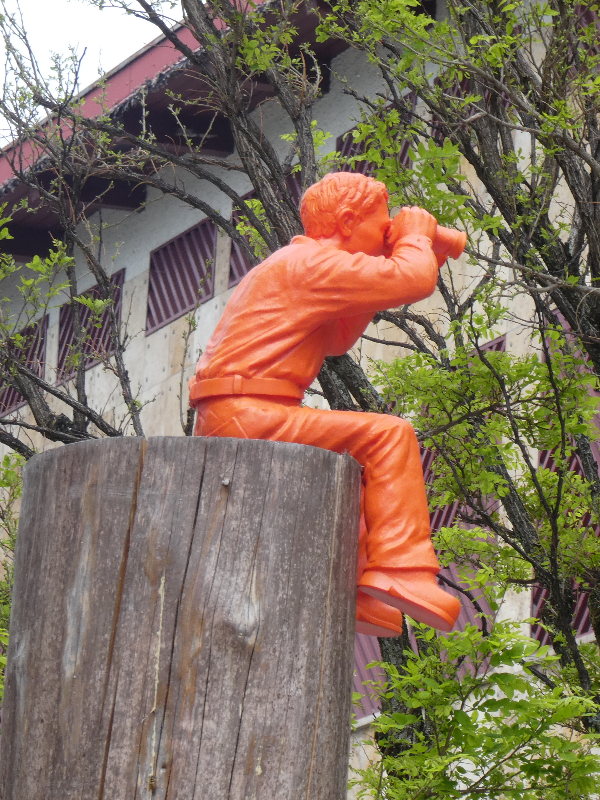
For children, they could take a walk with llamas or alpacas. Maybe they would prefer a walk with a golden eagle, where they learn about falconry.
In Malbun, there is a 3½ mile (5.5 km) walking route with 10 swings, and you don’t have to be a child to use the swings. To get to the start of the route, you need to take the Sareis chairlift, and the route starts above the mountain station. I know my children would enjoy a walk more if they were the first ones to spot a swing and have a go at it.
Younger children might enjoy the city train, which is a small train that runs through the city centre. It takes 35 minutes and runs in the afternoon. If you are walking around Vaduz centre, you can ask your children to see who is first to see a statue with binoculars. (Hint -you can see one near the information office.)
In the heat of summer, visiting the outdoor swimming pool at Vaduz or
Grossabünt natural bathing lake should be a hit with the whole family.
Tourist passes
Two passes might be helpful for tourists.
The welcome adventure pass is free for those who stay overnight in Liechtenstein. It offers free public transport and discounts at various museums and experiences.
The All Inclusive Adventure Pass costs CHF 25. It offers free public transport and free admission to many museums and experiences.
Liechtenstein uses the Swiss Franc as its official currency, but some places may also accept Euros.
Winter
Liechtenstein has numerous winter activities when the snow covers the country. Malbun is an excellent destination for skiing, boasting 23 km of pistes. There are courses for adults and children, so there is no excuse if you can’t ski. This place is removed from mass tourism, making it the perfect spot to ski and take in the scenery.
What about tobogganing? There is a natural run called Berggasthaus Sücka, which is 1 km long in Steg. They have floodlights that stay on late into the night, so the fun doesn’t have to stop when it gets dark.
There are two ice skating rinks, one in Vaduz and the other in Malbun.
Driving
Driving in Liechtenstein isn’t too bad. We went in April and found very little traffic. I don’t like driving up steep mountains with drops down the side, and unfortunately, to get to our accommodation, I had to drive along some roads like this. I saw a couple of sports cars driving so badly that I knew they would cause an accident one day. However, Liechtenstein has a good record regarding car accidents.
If you are visiting Vaduz in the summer, be sure to know where the car parks are and head straight for them. The roads can get very crowded, making it much easier to travel on foot.
Accommodation
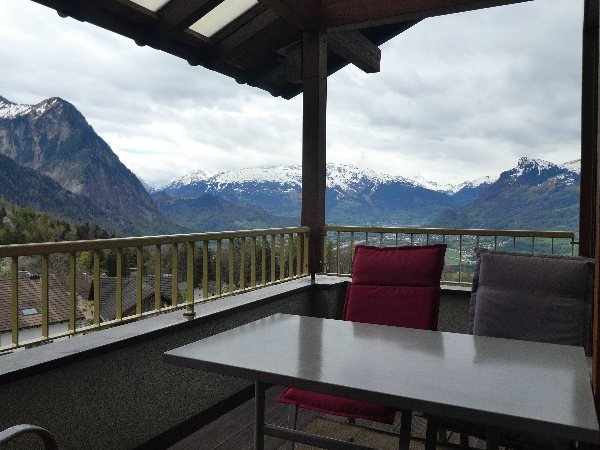
There are several good hotels in Liechtenstein, but their prices are relatively high. Many of the other hotels are satisfactory yet lack any frills. In the mountains, there are a few cosy hotels that beautifully complement a winter holiday.
I opted for an Airbnb, which was more expensive than I wanted to pay; however, it had full-length large windows looking over the valley with a fantastic view. It’s worth looking at Airbnb as well as hotels.
Summary
Liechtenstein is one of the safest places in the world. The town centre can get busy in summer with all the day trippers, but once you are up in the mountains, it is serene and peaceful.
The scenery of the Alps and fairytale castles is breathtaking. The alpine villages make the perfect retreat from the stresses of the modern world. Usually, you have to walk some way before you are rewarded with an amazing view, but here you are surrounded by visual treats.
In winter, it is an excellent location for family-friendly activities that are less crowded than neighbouring Alpine resorts.
This is one of the least-visited European countries, so why not visit this hidden gem?
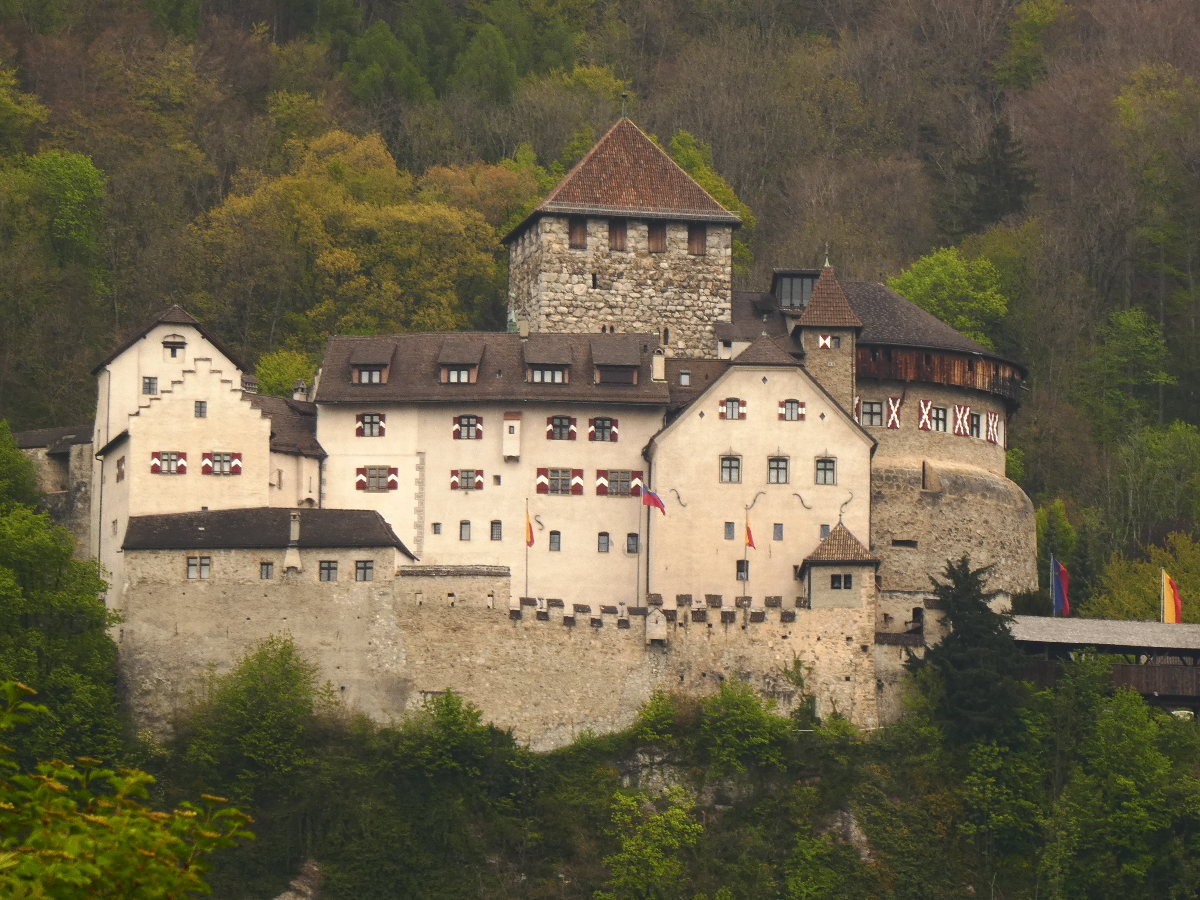
Leave a Reply